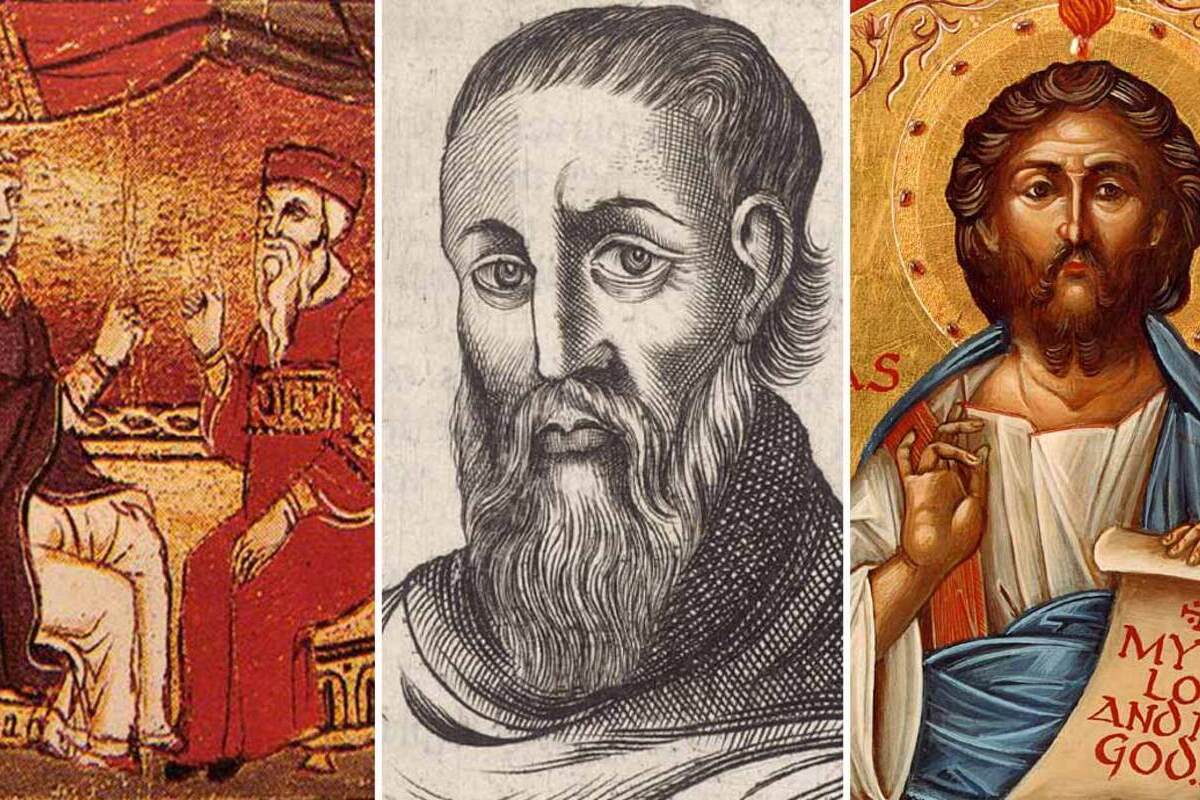Nestorianism is one of the oldest and least known branches of Christianity, which played a significant role in the religious and intellectual history of the East. Its emergence sparked major theological disputes and ecclesiastical divisions, the consequences of which are still felt today. Nestorian communities spread far beyond the boundaries of the Roman Empire — to Persia, India, China, and even Mongolia. These interesting facts about Nestorianism reveal how widespread and influential it was, despite being overlooked in most Western historical narratives. Below are little-known and thought-provoking facts about this unique religious tradition.
- Nestorianism emerged in the 5th century as a result of the teachings of Nestorius, the Patriarch of Constantinople, who taught that Christ had two distinct natures — divine and human. This view contradicted the prevailing doctrine of the time, which emphasized the unity of Christ’s nature. It provoked sharp opposition from the Alexandrian school of theology. In 431 AD, Nestorius was condemned at the Council of Ephesus, and his followers formed a separate religious community.
- After its condemnation by the Byzantine Church, many Nestorian adherents found refuge in Persia, where they were supported by the Sassanid Empire. There, they founded the Church of the East, which became a major independent religious institution. The Persian authorities saw Nestorians as a counterbalance to Byzantine influence. The Church of the East gained autonomy and thrived outside Roman control.
- In the 6th and 7th centuries, Nestorian missionaries were actively spreading their faith throughout Central Asia, Tibet, India and China. Nestorianism was the first form of Christianity to reach China. In 635 AD, a missionary named Alopen was welcomed by the emperor of the Tang dynasty. Churches and monasteries were established in the Chinese capital and remained active for over two hundred years.
- In 781 AD, a famous Nestorian Stele was erected in China with inscriptions in both Chinese and Syriac, describing the history of the Church of the East. This monument testifies to the peaceful and respected presence of Nestorians in Chinese society. It includes references to the translation of Christian texts into Chinese. The stele’s rediscovery in the 17th century caused a sensation among European scholars.
- The Nestorian liturgical language was Syriac, which evolved from Aramaic — the language spoken by Jesus. Syriac was used not only in worship but also in education, philosophy and science. Nestorian schools translated and preserved Greek works on medicine, astronomy and philosophy. Thanks to Nestorians, many classical texts entered the Islamic world.
- Nestorians played a key role in the development of early Islamic science. Their scholars worked at the House of Wisdom in Baghdad, translating Greek works into Arabic. They taught Muslim students logic, medicine, mathematics and philosophy. Their contributions bridged ancient learning and the emerging Islamic intellectual tradition.
- In the 13th century, Nestorianism reached its peak geographic spread, stretching from Egypt to China. During this period, Nestorian bishoprics were established even in Mongolia, particularly during the reign of Khan Guyuk. Some members of the Mongol elite followed the Nestorian Christian rite. This created a unique environment for Christian-Mongol cooperation under the Yuan dynasty.
- After the fall of the Yuan dynasty and the rise of Islamic powers in Central Asia and the Middle East, Nestorian communities faced persecution. Many were destroyed or forced into remote mountainous regions. Nevertheless, small Nestorian communities survived in Iraq, Iran, Syria and India. They continue to maintain their ancient customs and religious practices.
- The modern descendants of the Nestorian tradition are the Assyrian Church of the East and the Ancient Church of the East. These churches have their own hierarchy, liturgy and theological identity. Their communities can be found in Iraq, the United States, Iran, Australia and across the diaspora. Despite historical hardships, the tradition has endured and preserved its unique identity.
- Unlike orthodox Christianity, Nestorians taught that Mary was the mother of Christ but not the mother of God. This idea became the central point of contention between Nestorians and other Christians. They believed that Christ had two distinct natures that coexisted but did not merge into one. This theological position was the core reason for their condemnation.
- Some sources suggest that Nestorian missionaries may have reached Korea and even Japan, although there is little archaeological evidence. Some scholars believe their influence may be reflected in local legends and philosophies. Hypotheses also exist about contact between Nestorians and early Slavic tribes. Their missionary activity was one of the most extensive in Christian history.
These remarkable facts about Nestorianism show how far-reaching and influential this branch of Christian thought was. It progressed from being condemned by church councils to establishing a transcontinental religious network. Nestorianism left its mark not only on the Church but also on the intellectual and cultural history of the East. Today, its legacy survives in communities that preserve their ancient spiritual roots.





